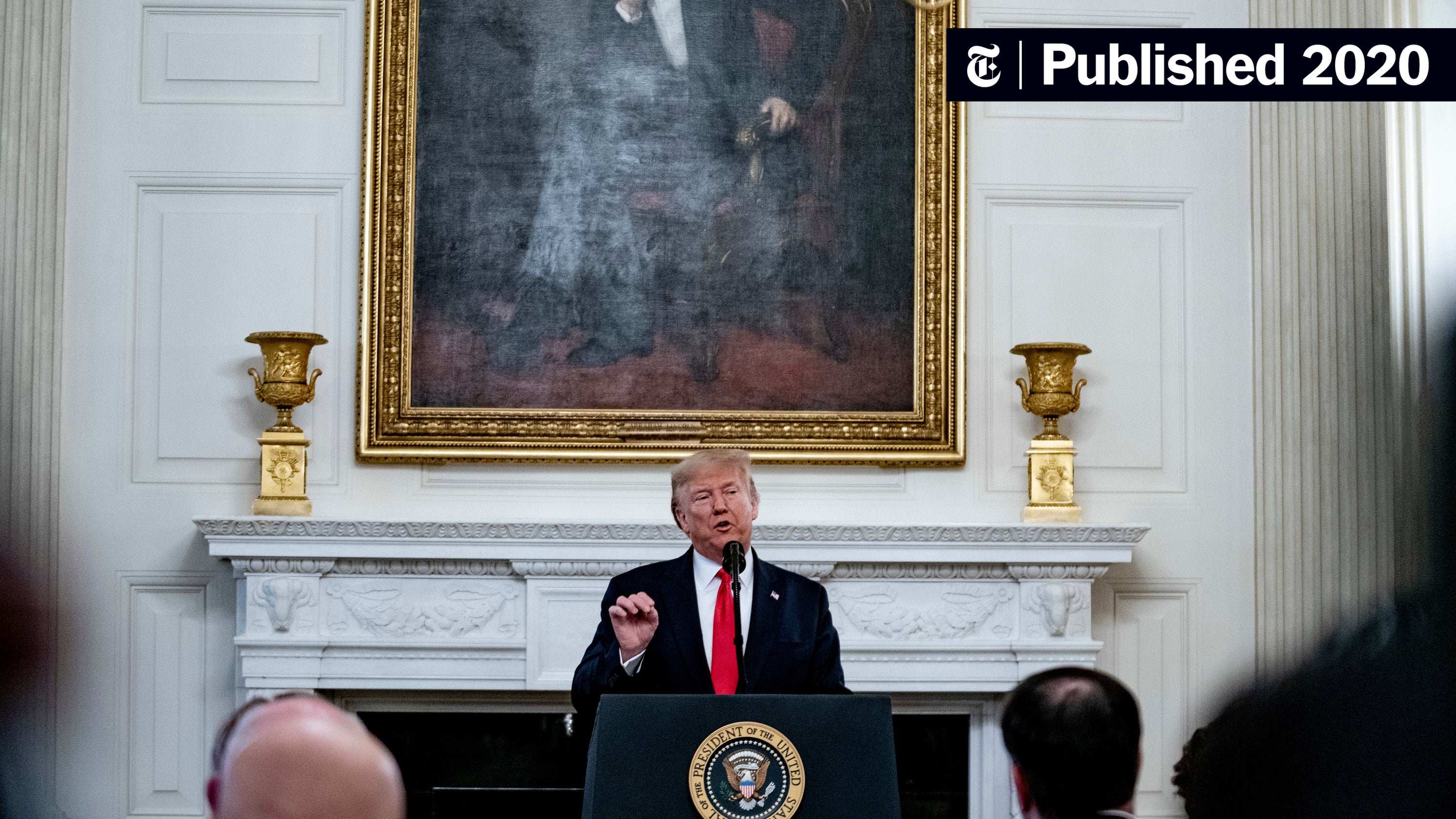Trump's Budget Cuts Increase Tornado Risk During Severe Weather Season

Table of Contents
Weakening of the National Weather Service (NWS)
Trump's administration implemented significant budget cuts that have severely hampered the National Weather Service's (NWS) ability to effectively monitor and predict severe weather events, including tornadoes. This weakening has far-reaching consequences for public safety and preparedness.
Reduced Funding for Weather Monitoring Technologies
The cuts directly impacted the NWS's ability to acquire and maintain state-of-the-art weather monitoring technology. This includes:
- Reduced funding for Doppler radar systems: Outdated or fewer radar systems mean reduced coverage and lower resolution images, hindering accurate tornado detection and tracking.
- Cuts to satellite technology upgrades: Improved satellite technology is crucial for monitoring storm formation and development, allowing for earlier and more accurate predictions. Budgetary limitations restrict the NWS's ability to leverage these advancements.
- Decreased investment in weather balloon programs: Weather balloons provide vital atmospheric data, crucial for accurate forecasting models. Reduced funding limits the frequency and scope of these launches, impacting the accuracy of predictions.
These reductions in funding translate to less accurate and timely tornado warnings, leaving communities more vulnerable during severe weather seasons. Studies show a direct correlation between reduced radar coverage and increased response times to tornado warnings.
Staff Reductions and Morale Impacts
Beyond technological limitations, Trump's budget cuts resulted in significant staff reductions within the NWS. This has led to:
- Increased workload and decreased efficiency: Fewer staff members are responsible for monitoring larger areas, leading to increased workload and potential for human error.
- Reduced expertise and training opportunities: Budget cuts often impact training programs, resulting in a less skilled workforce and hindering the development of advanced forecasting techniques.
- Decreased morale and retention challenges: Understaffing and reduced resources contribute to decreased morale amongst NWS employees, potentially leading to increased turnover and a loss of valuable expertise.
The combination of technological limitations and staff shortages significantly undermines the NWS's capacity to provide timely and accurate tornado warnings.
Impact on Early Warning Systems and Public Safety
The weakened NWS directly impacts the effectiveness of early warning systems, putting countless lives at risk during severe weather seasons.
Delayed or Inaccurate Tornado Warnings
Due to the factors mentioned above, tornado warnings are frequently delayed or inaccurate. This has devastating consequences:
- Increased response times: Delayed warnings leave less time for individuals to seek shelter, increasing the likelihood of injuries and fatalities.
- False alarms and public apathy: Inaccurate warnings can lead to public apathy, diminishing the credibility of future warnings and reducing public compliance during actual tornado events.
- Ineffective emergency response: Delayed or inaccurate information hampers the effectiveness of emergency response teams, delaying rescue efforts and increasing the severity of damage.
Case studies from recent tornado events demonstrate a direct link between inadequate warning systems and increased casualties.
Reduced Public Awareness and Preparedness
Trump's budget cuts also impacted public awareness and preparedness programs. Reduced funding for educational initiatives means:
- Fewer public awareness campaigns: Limited resources translate to less effective outreach programs, hindering public understanding of tornado safety and preparedness measures.
- Decreased community engagement: Funding cuts affect community outreach programs that educate the public on tornado safety, risk assessment, and emergency response procedures.
- Limited access to safety resources: Funding for preparedness resources, like storm shelters and educational materials, is often reduced, leaving vulnerable communities ill-equipped to handle severe weather events.
The Long-Term Consequences of Underfunded Weather Services
The long-term consequences of underfunded weather services are significant and far-reaching, extending beyond immediate damage.
Increased Economic Losses
The economic consequences of inadequate tornado warnings are substantial:
- Increased property damage: Delayed or inaccurate warnings result in increased property damage due to insufficient time for evacuation or protection.
- Business interruption and loss of revenue: Businesses are severely affected by tornado damage, resulting in significant economic losses and unemployment.
- Higher insurance claims: Increased damage leads to a surge in insurance claims, impacting insurance companies and potentially raising insurance premiums for everyone.
Higher Fatality Rates
Perhaps the most devastating consequence is the potential for increased fatality rates. Statistical data shows a strong correlation between inadequate warning systems and the number of tornado-related deaths.
- Delayed evacuations leading to higher casualties: The lack of timely warnings leaves people unprepared and unable to seek shelter, resulting in increased fatalities.
- Inadequate emergency response causing more deaths: Ineffective emergency response due to outdated technology and understaffing leads to higher mortality rates during and after tornado events.
Calls for Increased Funding and Improved Infrastructure
The situation demands immediate action. Reversing the damage caused by Trump's budget cuts requires significant effort.
Advocacy Efforts and Political Action
Numerous advocacy groups and concerned citizens are actively lobbying for increased funding for the NWS and improved weather monitoring infrastructure. This includes:
- Pressuring lawmakers to prioritize weather forecasting funding: Advocacy groups are actively engaging with lawmakers to emphasize the life-saving potential of increased funding.
- Raising public awareness about the consequences of budget cuts: Increasing public awareness on the issue is crucial in generating support for increased investment in weather monitoring systems.
Technological Advancements and their Funding Needs
Investing in advanced technologies is crucial for enhancing tornado prediction and warning capabilities:
- Next-generation radar systems: Implementing new, high-resolution radar systems provides improved detection and tracking capabilities, enhancing the accuracy of tornado warnings.
- Advanced data modeling and simulation: Investing in advanced data analysis and modelling techniques allows for more accurate and timely predictions of severe weather events, reducing response times.
Conclusion:
Trump's budget cuts have undeniably weakened the National Weather Service, leading to less accurate and timely tornado warnings. This has directly increased the risk of devastating damage and loss of life during severe weather seasons. The consequences – increased economic losses, higher fatality rates, and compromised public safety – are undeniable. We must demand a reversal of these harmful policies and advocate for increased funding for the NWS. Contact your elected officials today and demand immediate action to improve our nation's ability to predict and respond to tornadoes. Protecting lives during severe weather seasons requires robust weather forecasting and early warning systems – let's ensure our national weather services have the resources they need to do their vital job effectively. Don't let another tornado season pass without demanding action to undo the effects of Trump's budget cuts and improve tornado preparedness.

Featured Posts
-
 Nifty50s Ascent Analyzing The Positive Market Trends In India
Apr 24, 2025
Nifty50s Ascent Analyzing The Positive Market Trends In India
Apr 24, 2025 -
 Disappearance And Discovery A Shark Infested Beachs Dark Turn
Apr 24, 2025
Disappearance And Discovery A Shark Infested Beachs Dark Turn
Apr 24, 2025 -
 Cantors 3 Billion Crypto Spac Deal Tether And Soft Bank Involvement
Apr 24, 2025
Cantors 3 Billion Crypto Spac Deal Tether And Soft Bank Involvement
Apr 24, 2025 -
 Life As A Chalet Girl Challenges And Rewards In Europes Elite Ski Destinations
Apr 24, 2025
Life As A Chalet Girl Challenges And Rewards In Europes Elite Ski Destinations
Apr 24, 2025 -
 Tyler Herro Wins Nba 3 Point Contest Defeats Buddy Hield
Apr 24, 2025
Tyler Herro Wins Nba 3 Point Contest Defeats Buddy Hield
Apr 24, 2025
